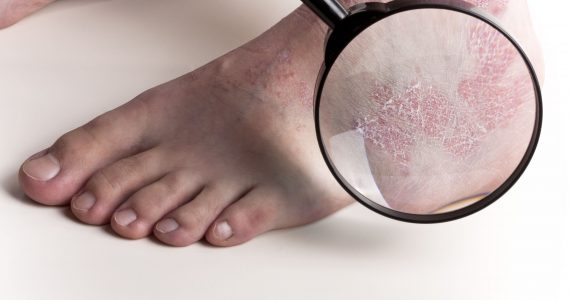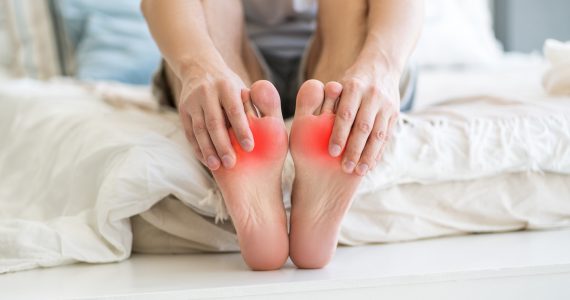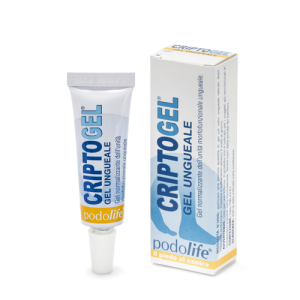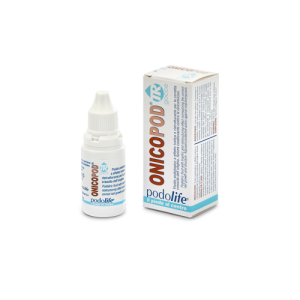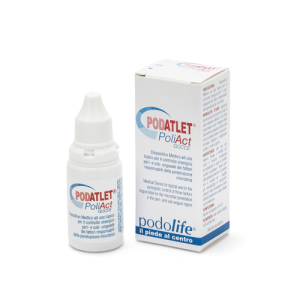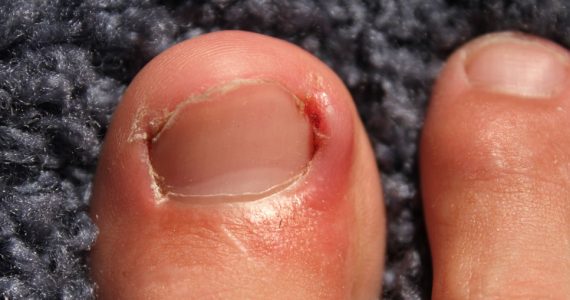
Ingrown nail or onicocriptosis is one of the most common nail disorders. The causing factors for
- an excessive mechanical stimulation exerted on the periungual tissues (a cause for inflammation, fibrosis and epidermal injury),
- excessive sweating with maceration in the nail groove,
- fungal infections affecting the nail plate,
- biomechanical alterations contributing to the onset of the disease, one of the most important of which is hallux valgus (bunion).
In the majority of cases, ingrown nail doe not represent a severe problem for the patient, anyhow those subjects suffering from diabetes or immunodeficiency, should not under estimate or neglect it.
The most common symptoms of ingrown nails are: pain, swelling, itching and tissue fibrosis (hardening of periungual tissue).
At the base of the typical symptoms of ingrown nail we find an excessive immune response induced by those cells regarded to as the sentinels and protectors of our skin tissues: the mast cells.
Mast cells, when are excessively activated by noxious factors (e.g. excessive mechanical stimulation, intense macerative phenomena and pathogenic microorganism), release substances able to trigger the mechanisms of pain, swelling, itching and tissue hardening (fibrosis).
For this reason mast cells must be considered as a therapeutic target when planning a treatment focused on the control of ingrown nail symptoms.
Podiatrist can help you find the right solution for you.

